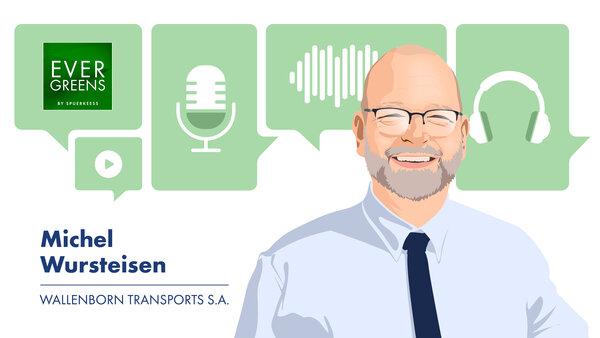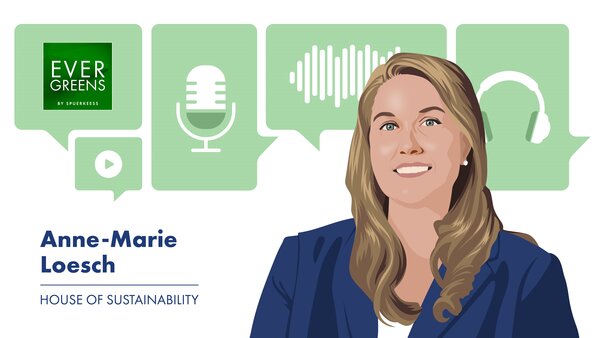In a context where E, S and G issues are becoming increasingly important, Spuerkeess is in the process of finalising its transition plan (including the decarbonisation plan), in which it will present the areas and activities where decisions can be made that will have a positive impact at the ESG level.
Who better than a bank to help its customers make the energy transition?
To provide a quantifiable overview of our customers' ESG maturity, we have decided to make a free digital tool available to our corporate customers. It consists of a questionnaire that allows them to take stock of the environmental, social and governance situation within their entity.
ESG regulations are constantly evolving and from 2026, all clients meeting certain predefined criteria will be required to publish a non-financial report, in accordance with the CSRD directive.
Our simplified ESG questionnaire will represent real added value for these customers, because once completed, our tool will enable them to generate a simplified report, covering the themes that are required by the CSRD, but in lesser detail. They can then use the results as the basis for a full report.
The requirement to provide ESG data is not limited solely to companies subject to these regulations, but also to their counterparties in their value chain, regardless of the size of these counterparties.
To facilitate this type of reporting and comply with new market requirements, our tool will enable our customers to centralise all their ESG data and generate a report that can be provided to their commercial, banking or other partners. Participation in certain public tenders also requires the submission of ESG data, a need that can also be met by completing our questionnaire.
Our primary objective is to prepare our clients for the new ESG regulatory and market requirements, and to do so free of charge.
In order to test this, a pilot phase was launched at the end of June 2024, during which we selected 10 of our customers, who are active in the most GHG-emitting sectors and of varying ESG maturity.


![[Translate to English:] [Translate to English:]](/fileadmin/_processed_/4/7/csm_438_EXP_Julien_Kohn_Spuerkeess_9001fc61ae.jpg)
![[Translate to English:] [Translate to English:]](/fileadmin/_processed_/c/3/csm_437_EXP_David_Schmit_Spuerkeess_6beedf10c9.jpg)
![[Translate to English:] [Translate to English:]](/fileadmin/_processed_/6/7/csm_433_EXP_Francesco_Ferrero_LIST_31171ca1b1.jpg)
![[Translate to English:] [Translate to English:]](/fileadmin/_processed_/d/1/csm_434_EXP_Nicolas_Griedlich_Deloitte_f84788af86.jpg)
![[Translate to English:] [Translate to English:]](/fileadmin/_processed_/0/d/csm_435_EXP_Rachid_M_haouach_Spuerkeess_6aout25_4132487c59.jpg)
![[Translate to English:] [Translate to English:]](/fileadmin/_processed_/0/6/csm_431_EXP_Claude_Wurth_Spuerkeess_7146fed026.jpg)
![[Translate to English:] [Translate to English:]](/fileadmin/_processed_/7/5/csm_368_EXP_Alternatives_epargne_Pro_c96f107bd8.jpg)
![[Translate to English:] [Translate to English:]](/fileadmin/_processed_/0/d/csm_392_EXP_Michel_MARX_189a526800.jpg)
![[Translate to English:] [Translate to English:]](/fileadmin/_processed_/9/d/csm_328__EXP__Andrea_Maramotti__Immotop_163f2ecbe1.jpg)

